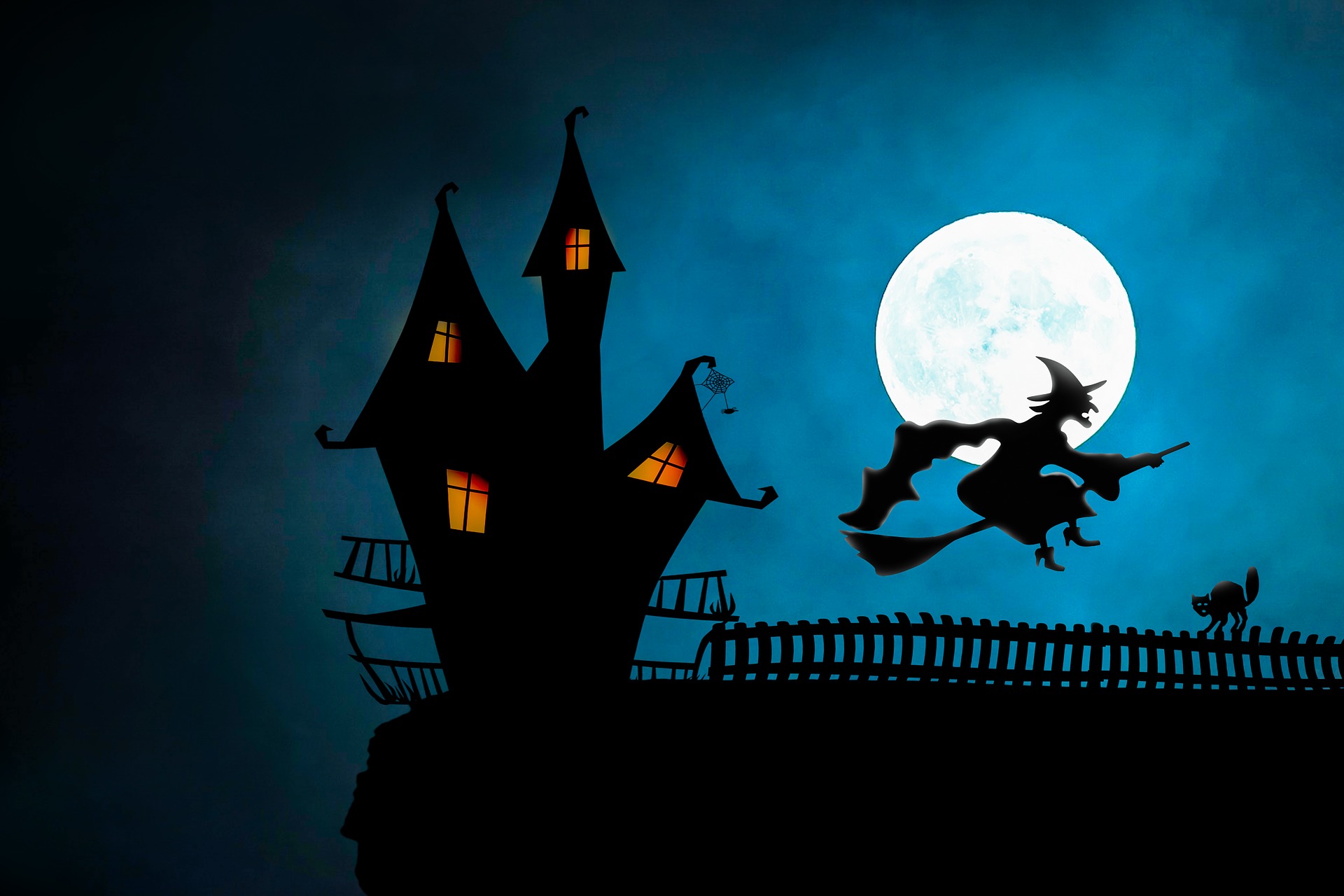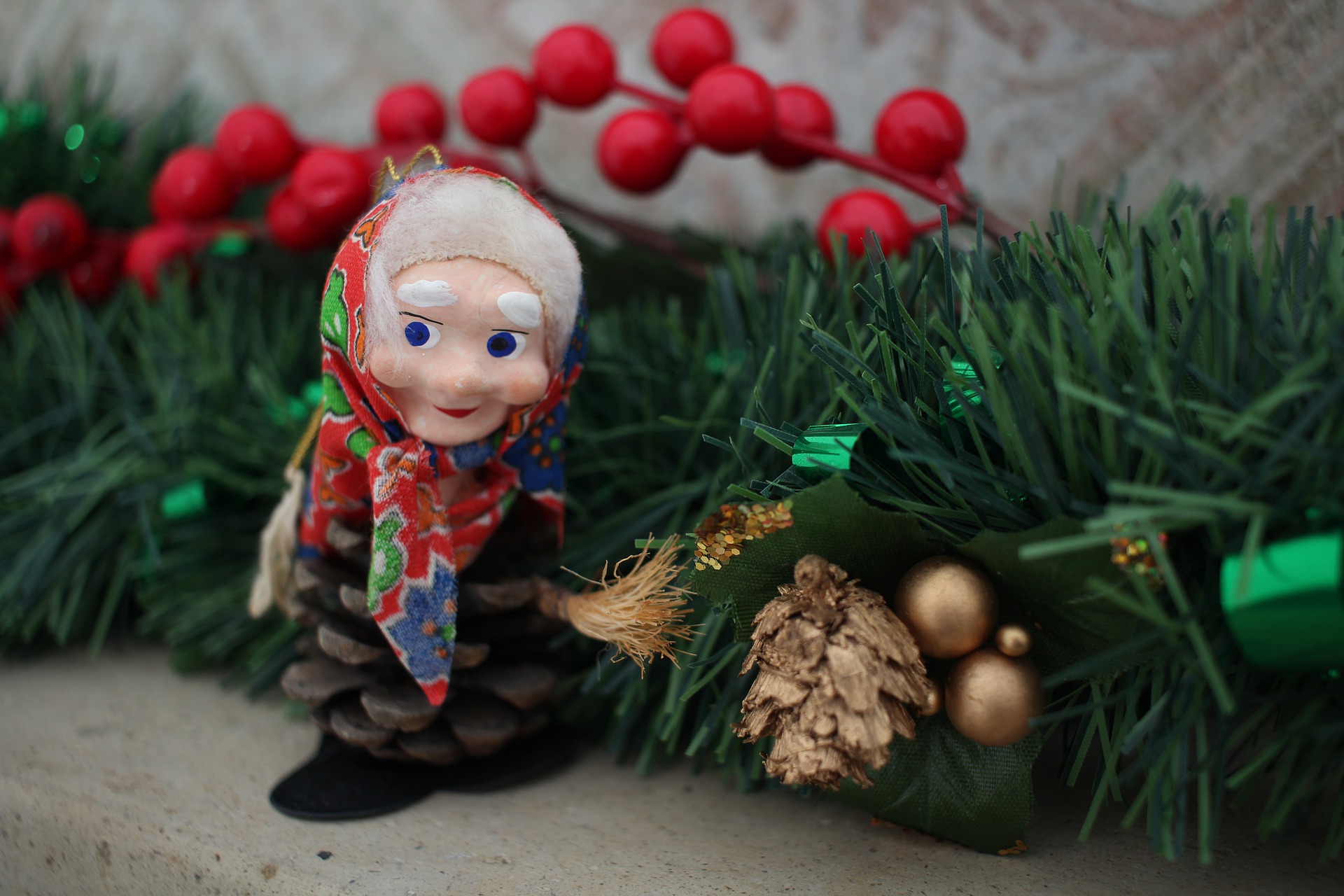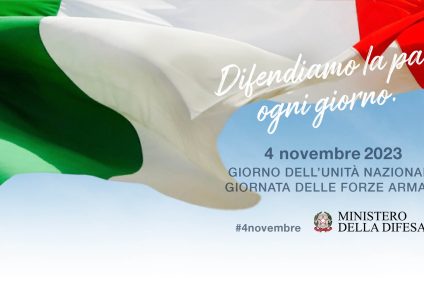He arrives on a broomstick as he darted across the sky on a winter's night. Stops in each house to leave one it fits filled with sweets or charcoal. A character much loved by children despite the grotesque appearance from old witch. If you still haven't figured it out, we're talking about the Epiphany. So let's get astride his broom and let's try with her to guide us on a journey to discover her history.
In a distant time
Il 6st January now represents for everyone the party dedicated to the Befana. But are we really sure? In fact, if on the occasion of Christmas we have prepared the crib, it is precisely on this day that we remember to bring the statuettes of the three Magi closer to the cradle of the Child. So, what does the coming of the gods have to do with it Magi with the Befana? Traditions, as we know, "always come from afar" and end up merging into one another. So it is also for the night of 6st January.

Climbing aboard the broom driven by the old Befana we can take a journey back in time to find out more about the origin of these traditions. The first stop on our journey is in Middle Ages. We are in the twelfth century when we meet one legend which tells of an anecdote related to the Magi. Intent to look for the cradle of Bethlehem the three kings would knock on the door of an old lady to inquire about the way. The hesitant woman did not know how to give a clear answer, so that the Magi invited her to accompany them in this Sacred adventure. The old woman refused but immediately regretted it and for this she set out on their trail without being able to find them. During her walk the old lady stopped in all the houses where there was a child, hoping it was the little Jesus. In exchange for the fleeting visit, she left as a gift sweets that she herself had prepared with her own hands. Thus the Befana was born in the collective imagination.
The stocking and the dress
The shops today are invaded, already with a certain advance, by the colored ones Befana socks. Nevertheless: "The witch comes at night with her shoes all broken… ". So say the first lines of the famous nursery rhyme. Not socks but shoes. Once put out of the door as a spare offered to the Befana who in fact often traveled with "shoes all broken" due to the long wandering. Over time then at shoes the long ones joined socks, an integral part of the Befana dress. To be filled with sweets if the children were good or vice versa with coal, some traits of its story find similarities with the feast of Saint Lucia need San Nicola. Socks aside, the Befana certainly doesn't have an enviable outfit! Long skirts patched up to shelter from the cold over which a apron, perhaps to remember his delight in the preparation of sweets transported in bags or panniers. On the shoulders a shawl and on the head a handkerchief. Finally the broom. The Befana rides it upside down, that is, with the twigs in broom in front of him.
Befana or witch?
The most modern representations of the Befana often portray it more like one witch. So it is in many advertisements where pointy hats, cloaks, boots and brooms appear riding with bristles in tow. We have already understood that this new image of the Befana has nothing to do with the original dress. Where does this come from then confusion? It must be said that the Befana has nothing religious about it. In fact, well before the Middle Ages, a figure appears that in pagan era was the protagonist of those propitiatory rites linked toagriculture. From north to south, Italy believed that during the twelve nights following the winter solstice, female figures flew over the fields to favor their fertility.

With Christianity the image of a woman flying aboard a broom was immediately associated with an act of witchcraft and therefore condemned. Only in a more mature moment did Catholicism accept this ancient tradition by associating it, in the XNUMXth century, with the legend of the Magi. The Befana is certainly not a model and in fact between her nose and chin her features are similar to those of an old witch. This is because his old and somewhat ugly appearance represented the representation of thelast year who carries all his pains with him. For this reason in some areas of Italy the puppet of the Befana comes burnt, as a sacrificial figure so understood by religion. Hence the reason for coal as a remnant of the ashes of bonfire.





